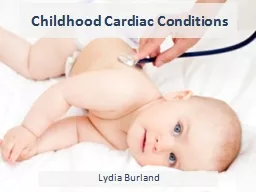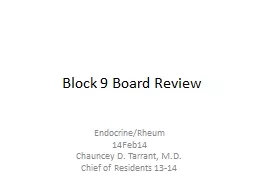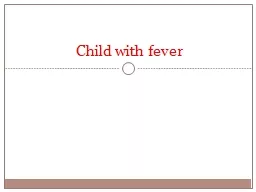PPT-Kawasaki Disease Emily Caudle
Author : conchita-marotz | Published Date : 2019-11-21
Kawasaki Disease Emily Caudle Jill Collins Maria Cangiani AKA mucocutaneous lymph node syndrome OR infantile polyarteritis Characterized by an acute generalized
Presentation Embed Code
Download Presentation
Download Presentation The PPT/PDF document "Kawasaki Disease Emily Caudle" is the property of its rightful owner. Permission is granted to download and print the materials on this website for personal, non-commercial use only, and to display it on your personal computer provided you do not modify the materials and that you retain all copyright notices contained in the materials. By downloading content from our website, you accept the terms of this agreement.
Kawasaki Disease Emily Caudle: Transcript
Download Rules Of Document
"Kawasaki Disease Emily Caudle"The content belongs to its owner. You may download and print it for personal use, without modification, and keep all copyright notices. By downloading, you agree to these terms.
Related Documents














